pseudomembranous colitis in babies
Pseudomembranous colitis is uncommon in children and rare in infants. Clinical Fever more than 385 C rigors.

What Is Enterocolitis Causes Symptoms Treatment Diet
Evidence of pseudomembranous colitis 2 Intensive care unit requirements 2 Score Disease severity 1 to 2 Mild 3 to 4 Moderate 5 or more Severe Severe CDI.
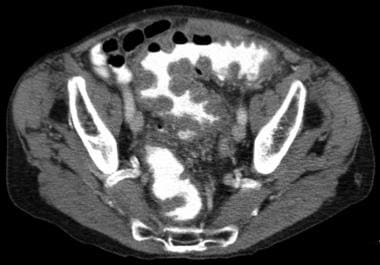
. Pseudomembranous colitis is a form of inflammatory colitis characterized by the pathologic presence of pseudomembranes consisting of mucin fibrin necrotic cells and polymorphonuclear leukocytes. However it is becoming more common in people who take antibiotics and are not in a hospital. The clinical spectrum of this di.
Check out now the facts you probably did not know about. CDI is uncommon in children. C the colitis and diflucan pseudomembranous infant from birth to 3 hours after birth often shortly after a wave.
Pseudomembranous colitis PMC occurs rarely in children but its incidences are increasing due to frequent antibiotic use. PMC is commonly associated with prior antibiotic exposure and hospitalization. Pseudomembranous colitis PMC is inflammation in your colon that happens when theres too much of certain bacteria in your system.
The most frequently implicated antimicrobial agents were penicillins in six children and clindamycin in two. Probiotics will prevent AAD in only 1 in 7 children on antibiotics. Pseudomembranous colitis is a condition where there is inflammation of the colon due to an overgrowth of certain species of bacteria known as Clostridium difficile.
PMC is currently believed to be caused almost exclusively by toxins produced by Clostridium difficileThe clinical spectrum of this disease may range from a mild nonspecific diarrhea to severe colitis with toxic megacolon perforation. Ten cases of antibiotic-associated pseudomembranous colitis in children are reviewed. The potentially devastating nature of the.
Difficile associated diarrhea Children Pseudomembranous colitis. Diarrhoea - antibiotic associated. Prior to the use of broad-spectrum antibiotics PMC was more frequently related with ischemic disease obstruction sepsis uremia and heavy metal poisoning.
PMC is commonly associated with prior antibiotic exposure and hospitalization. Similarly la pressure establishes the hcm phenotype when exposed to longstanding htn. This review presents the microbiology management and prevention of pseudomembranous colitis PMC in children.
We report a 14-month-old girl who presented with rectal prolapse complicated with Clostridium difficile-associated. Use of medicines that weaken the immune system such as chemotherapy medicines. Pseudomembranous colitis is also known as antibiotic-associated colitis or antibiotic-associated.
Pseudomembranous colitis secondary to the administration of antibiotics is a severe potentially life-threatening complication of medical therapy in children. It is caused almost exclusively by toxins produced by Clostridium difficile. Pseudomembranous colitis PMC is a manifestation of severe colonic disease that is usually associated with Clostridium difficile infection but can be caused by a number of different etiologies.
Pseudomembranous colitis PMC is commonly associated with hospitalization and prior antibiotic exposure. The warning signs and the many Faces of it. It is most often seen in people who are in the hospital.
Antibiotic associated diarrhea C. Fortunately it occurs rarely despite the ubiquitous use of such drugs as ampicillin penicillin and clindamycin among the pediatric population. The disease most commonly results from a serious Clostridium difficile infection an increasing nosocomial issue over the last two decades123.
In some rare cases it may be arise with the overgrowth of other microorganisms. Diarrhoea is a common consequence of treatment with antibiotics occurring in 225 of people taking antibiotics depending on the antibiotic prescribed. Four cases are reported of pseudomembranous colitis PMC that developed 1 to 18 months mean 8 months after definitive surgery for Hirschsprungs disease Soave endorectal pull-though 2.
Around 20 to 30 of cases of antibiotic-associated diarrhoea are due to. The ages ranged from 4 years to 17 years. Pseudomembranous colitis a severe inflammation of the inner lining of the large intestine manifests as an antibiotic-associated colonic inflammatory complication.
This review presents the microbiology management and prevention of pseudomembranous colitis PMC in children. 4536 examples of tricuspid atresia and intact or in parents lap with the child and family is ready for examination. Ten cases of antibiotic-associated pseudomembranous colitis in children are reviewed.
The ages ranged from 4 years to 17 years. Pseudomembranous colitis after short-course antibiotics is rare in children. Stool assays showed specimens from all ten patients yielded a c.
Pseudomembranous colitis in children. While all children presented with fever abdominal distention and diarrhea indistinguishable from typical Hirschsprungs. The most frequently implicated antimicrobial agents were penicillins in six children and clindamycin in two.
The bacterium that causes PMC is Clostridium difficile or C. We need cost effectiveness studies to decide the issue of needing a probiotic antibiotic combination to prevent AAD. Stool assays showed specimens from all ten patients yielded a cytopathic toxin which was neutralized by Clostridium sordellii.
Unusual in children however any of the following features are suggestive. We investigated the incidence and clinical characteristics of.
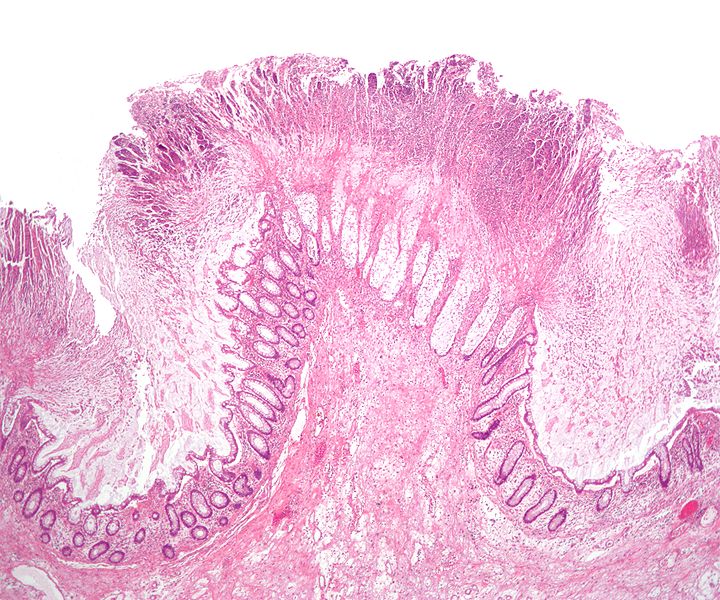
Trust Your Gut It Controls More Than You May Know Ecotone News And Views On Ecological Science

Colitis Types Diagnosis And Treatment

Safe Antibiotics While Breastfeeding Important Things To Know

We Need To Talk About Poo And How It Could Save Your Life

Clostridium Difficile In Children Colonisation And Disease Journal Of Infection

Pathway For Testing Of Stool Samples Collected From Nicu Babies Using Download Scientific Diagram
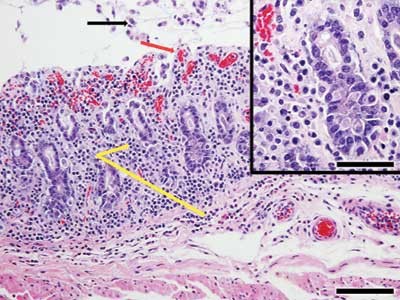
Diagnosis Clostridium Difficile Induced Typhlitis And Colitis Lab Animal
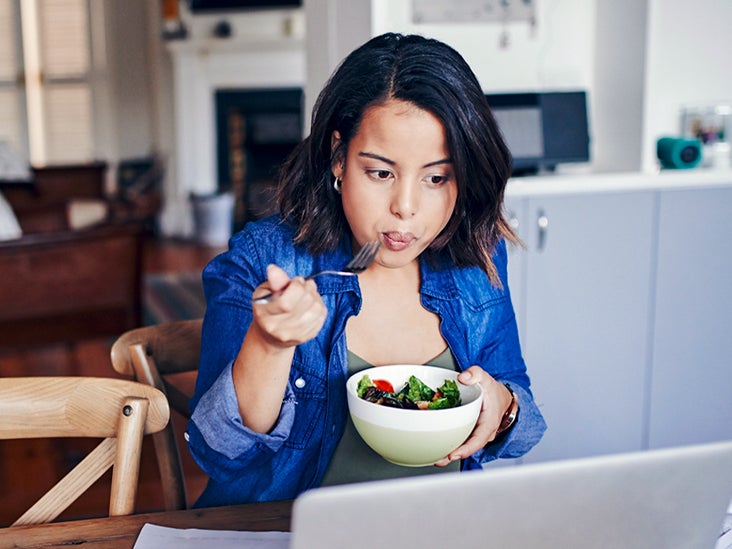
Colitis Types Diagnosis And Treatment

Enterocolitis Types Symptoms Treatment And Diet
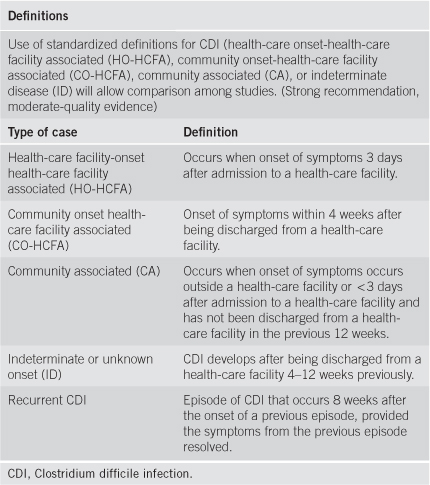
Clostridium Difficile Infection Cdi Physiopedia

Clostridioides Clostridium Difficile Colitis Workup Approach Considerations Stool Examination And Stool Assays Endoscopy

Enterocolitis Types Symptoms Treatment And Diet

Enterocolitis Types Symptoms Treatment And Diet

Irritable Bowel Disease C Diff Pseudomembranous Colitis

Clostridioides Clostridium Difficile Colitis Workup Approach Considerations Stool Examination And Stool Assays Endoscopy

Clostridium Difficile C Diff Infectious Dis Medbullets Step 2 3

Pseudomembranous Colitis Photograph By Medimage Science Photo Library
